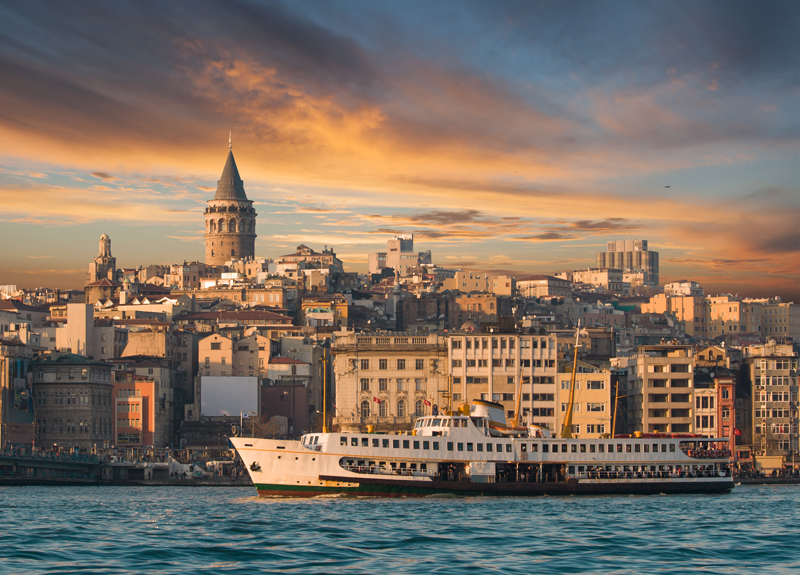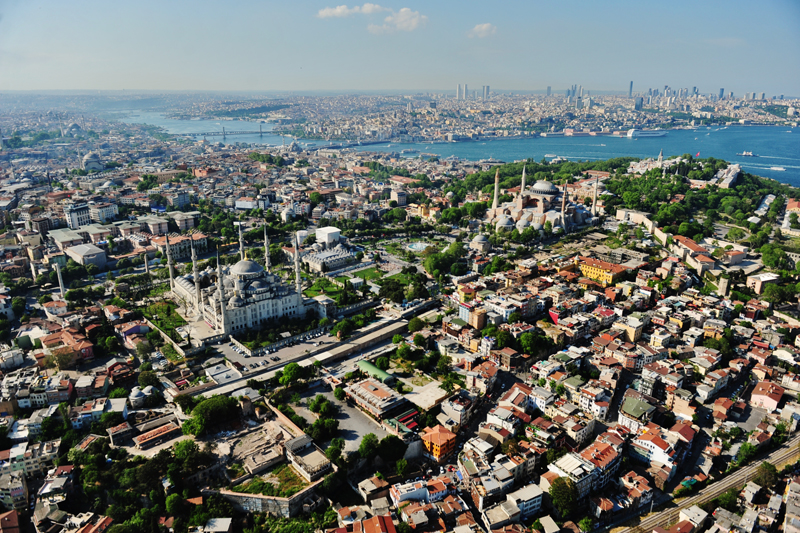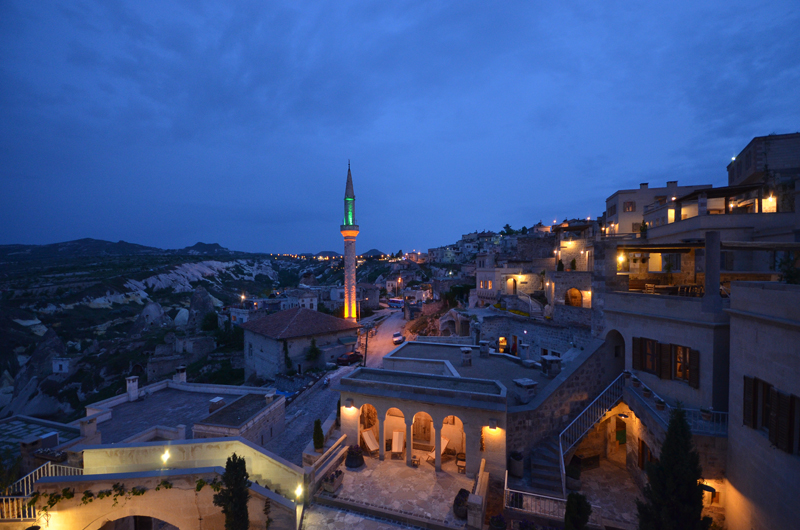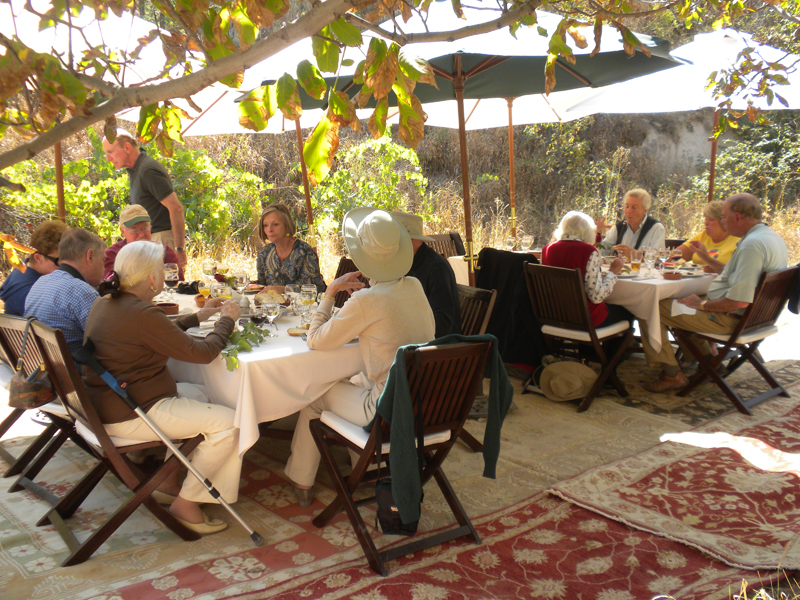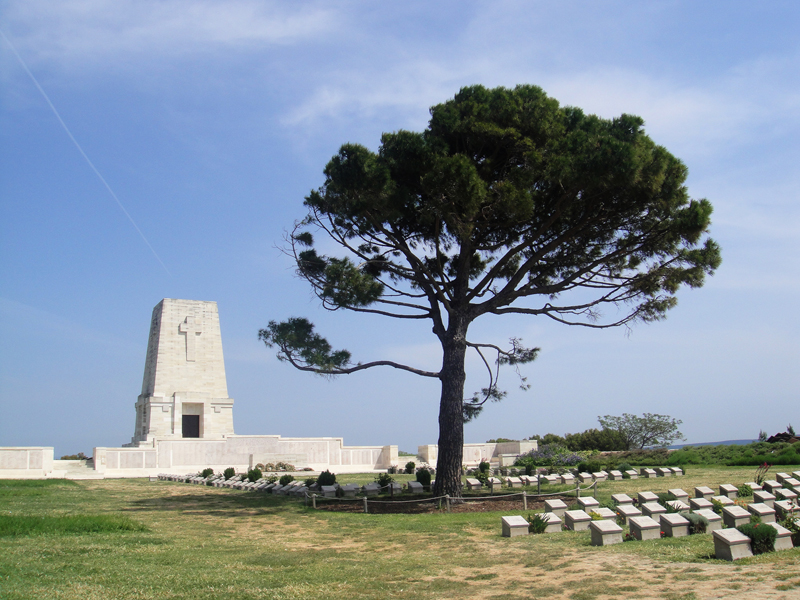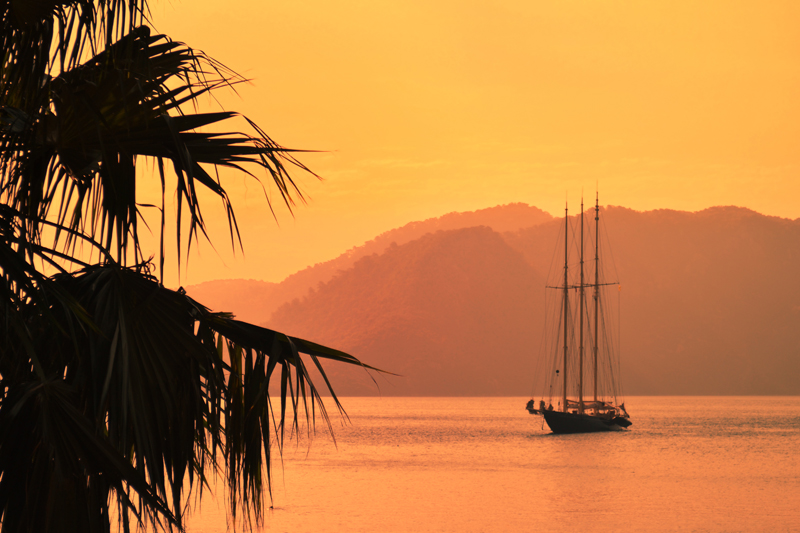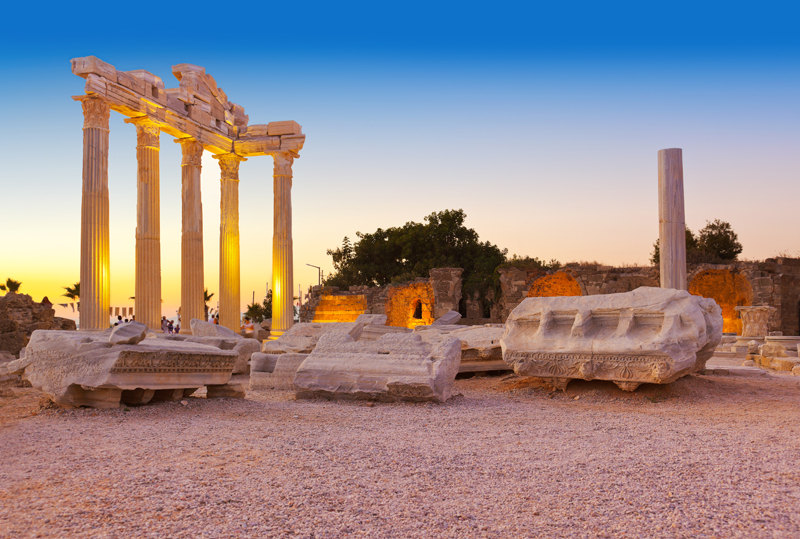Destinations
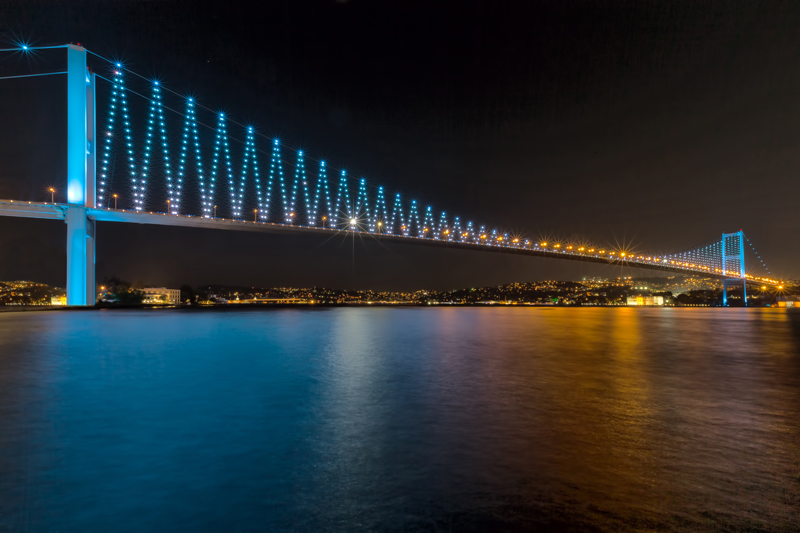 +
+
Bosphorus Bridge

The Bosphorous is a unique “sea-river”. With old seaside mansions, mosques, palaces, restaurants and beaches along its shores, it looks magnificent in every season and is especially beautiful in the spring when it is adorned with the pink flowers. The first suspension bridge across the Bosphorous was completed in 1973 and it connects Europe to Asia.
× +
+
 +
+
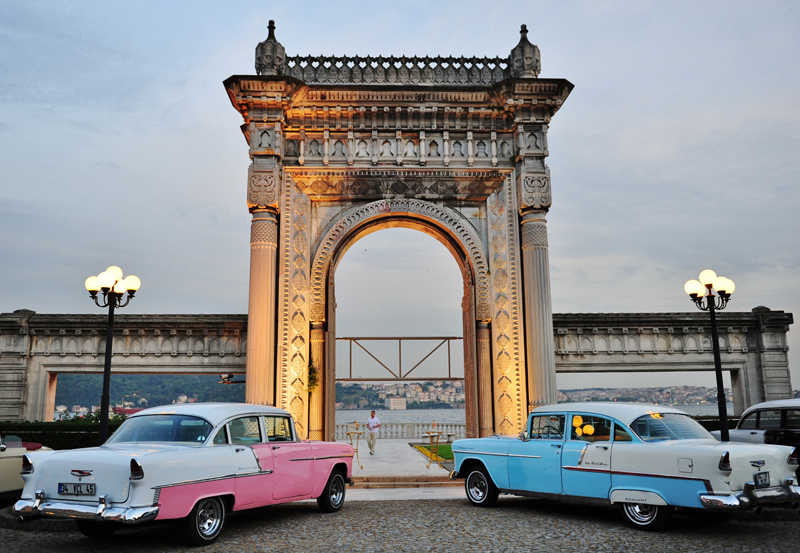 +
+
Nostalgic Istanbul

Why not enjoy the beautiful Istanbul in a nostalgic way? You will fee privileged in these renovated cars while enjoying the highlights of the city.
'Dolmus' used to be collective taxis which always traveled along the same route between two points of the city and which left the station only when it was full. Not so long ago this role was held by old American cars of the 50s, today there are only a few left in the town center because they are real collectors ‘cars, many of which very regrettably have left the country so they should become part of National Heritage!
×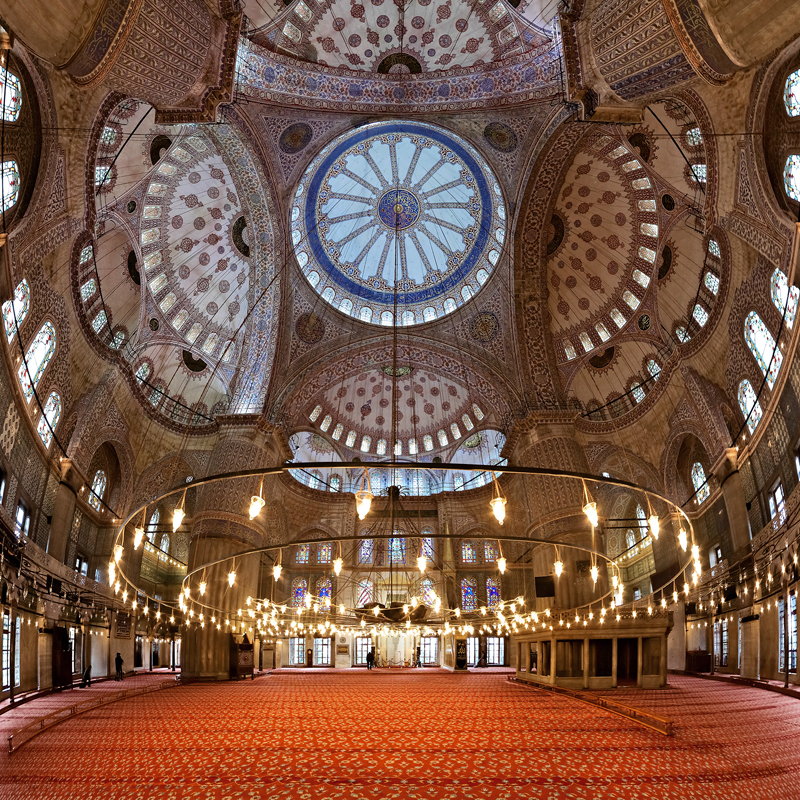 +
+
Blue Mosque

In Blue Mosque, there are 21.043 ceramic tiles from the town of Iznik, celebrated for the tile industry since the mid 15th century. Lilies, carnations, tulips and roses bloom in ageless stylized beauty, glowing in the light falling from 260 windows. The name "Blue Mosque" was derived from the dominant color of blue on the tiles, The official name of the mosque is "Sultanahmet Mosque".
× +
+
Panoramic Istanbul

For more than 3000 years, Istanbul has been a crossroad of cultures, a rendezvous of East and West.
Three separate empires ruled the world from this powerful capital; The Romans, The Byzantines and the Ottomans.
Traces of their presence - in ancient walls magnificent mosques, brilliant palaces - shape Istanbul’s alluring landscape and color its exotic texture.
×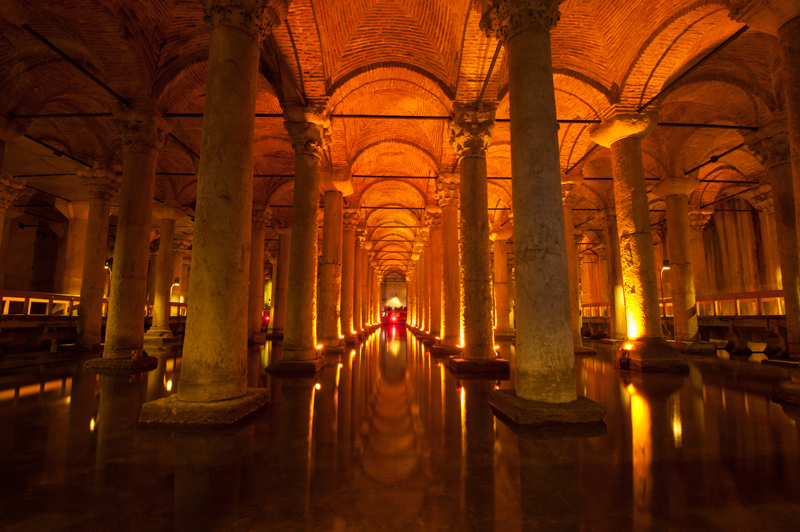 +
+
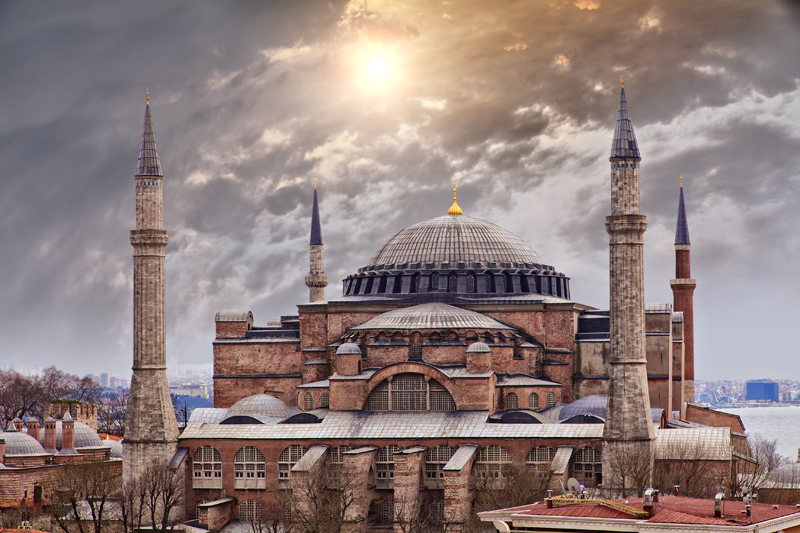 +
+
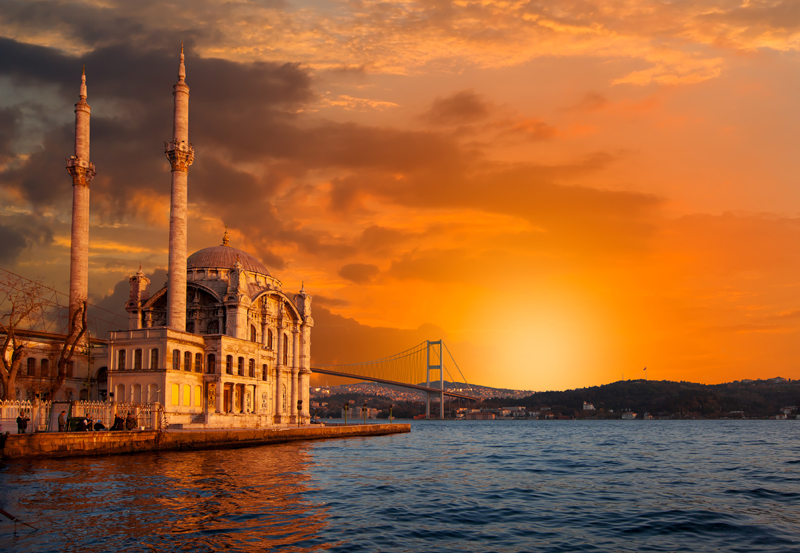 +
+
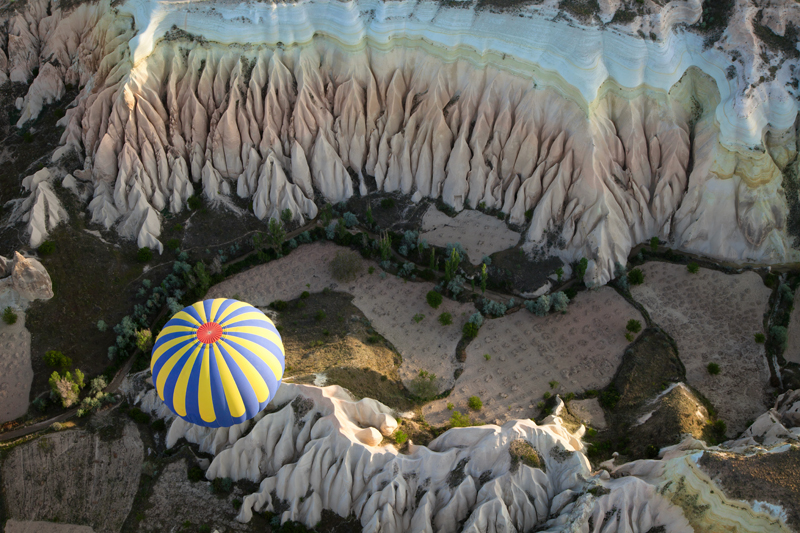 +
+
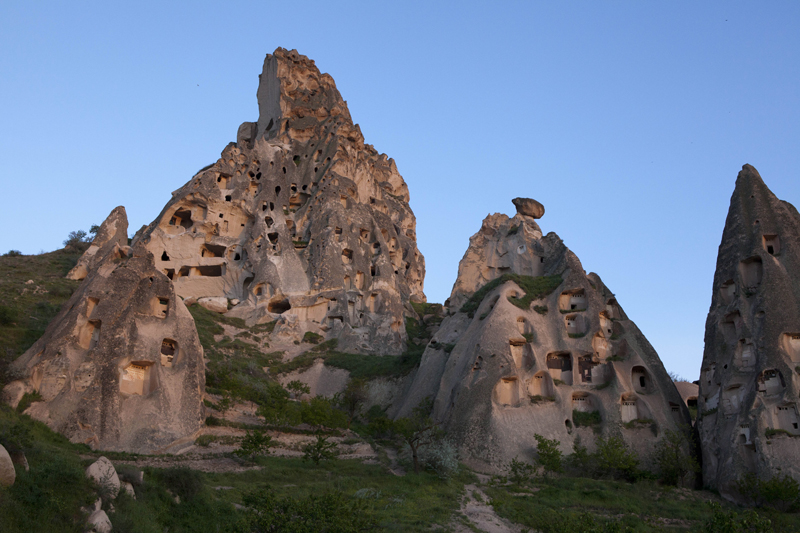 +
+
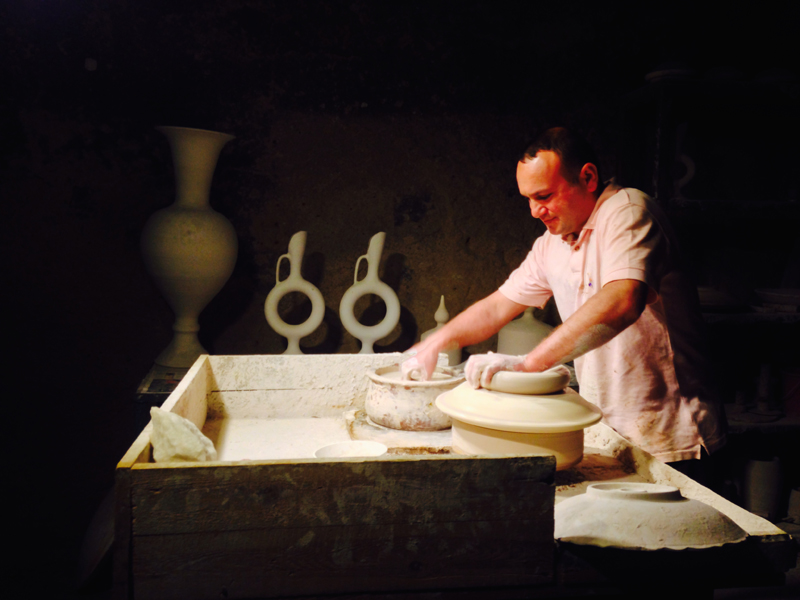 +
+
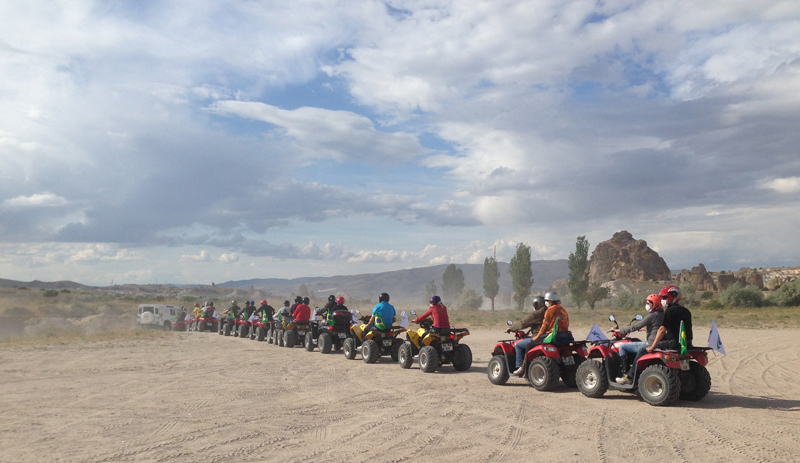 +
+
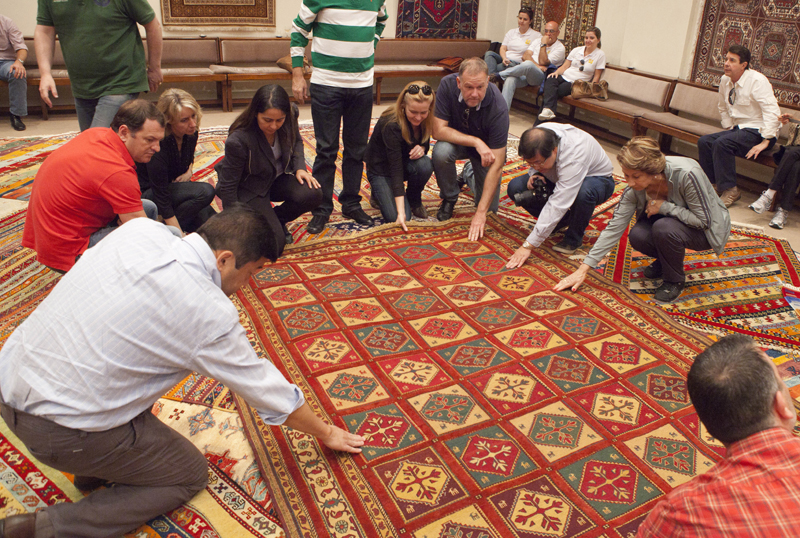 +
+
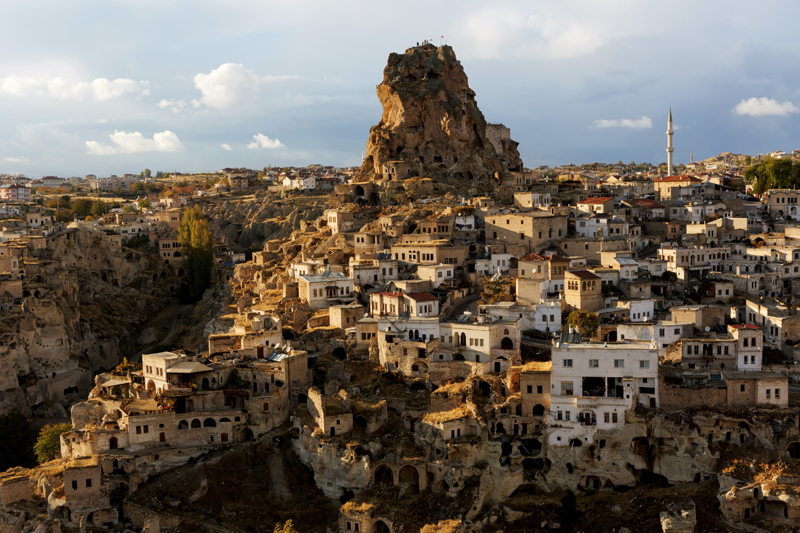 +
+
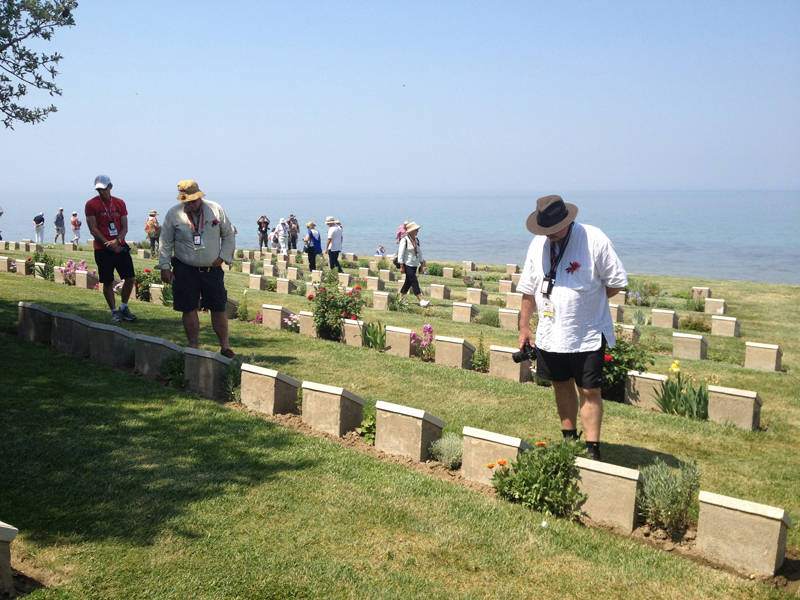 +
+
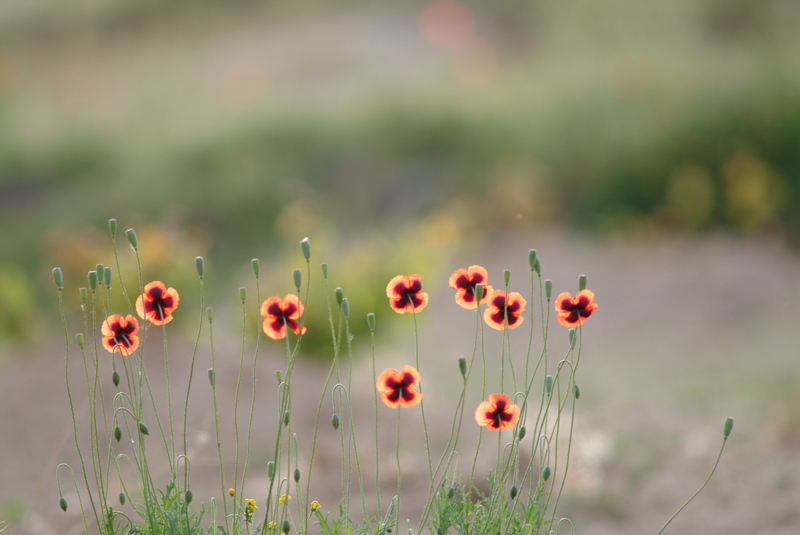 +
+
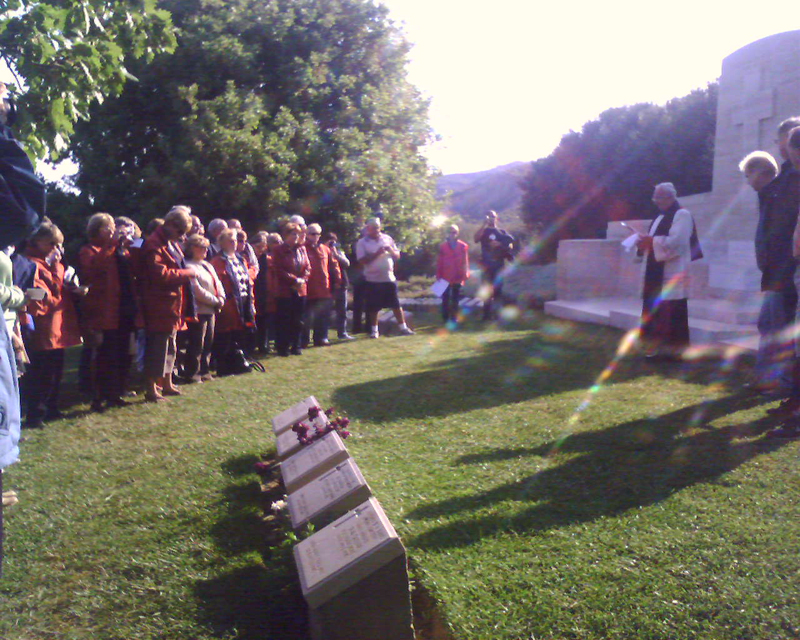 +
+
Commemoration

For an event which had such an impact on Australian history and a group of people who inspired a legend that managed to turn the emphasis of a military failure to an honouring of strength and courage in times of severe hardship, the commemoration of the ANZACs is, without doubt, a deserved one. From modest beginnings, Anzac Day has grown to become Australia's most commemorated day.
×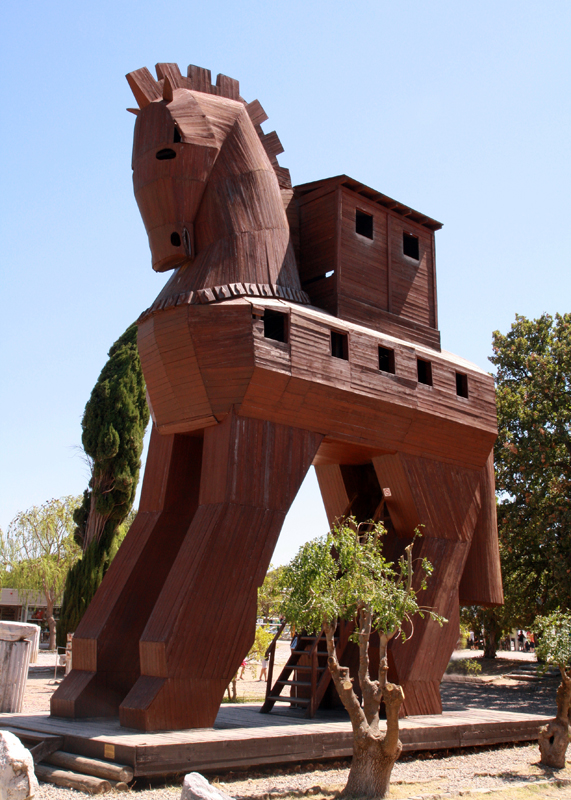 +
+
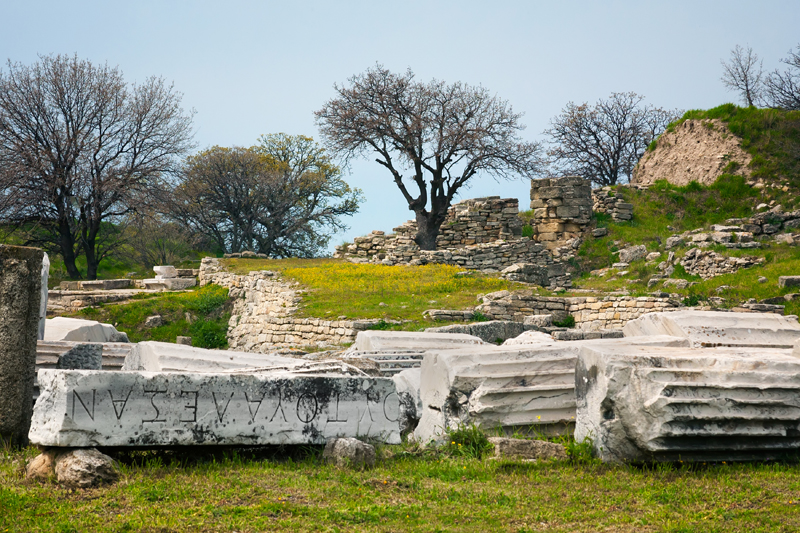 +
+
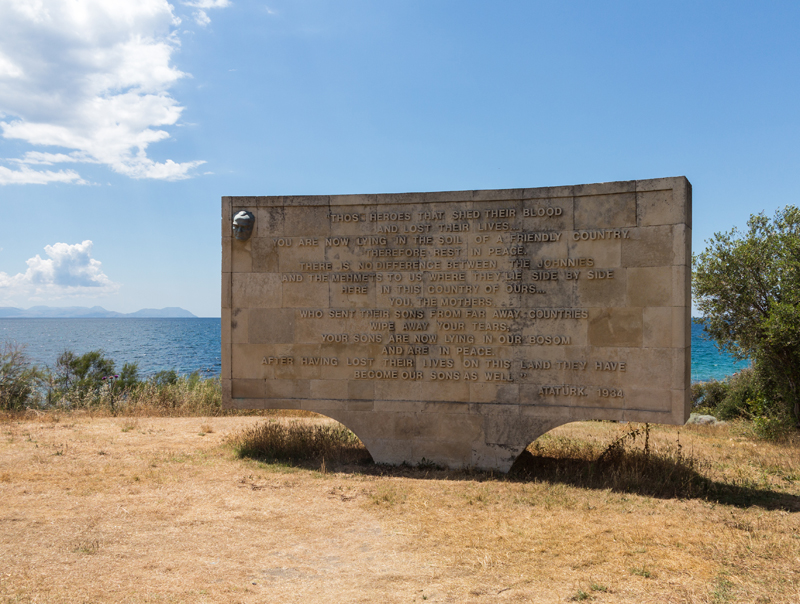 +
+
Ataturk's Epitaph

"Those heroes that shed their blood and lost their lives ... You are now lying in the soil of a friendly country. Therefore rest in peace. There is no difference between the Johnnies and the Mehmets to us where they lie side by side here in this country of ours ... You, the mothers who sent their sons from faraway countries, wipe away your tears; your sons are now lying in our bosom and are in peace. After having lost their lives on this land they have become our sons as well."
Ataturk, 1934
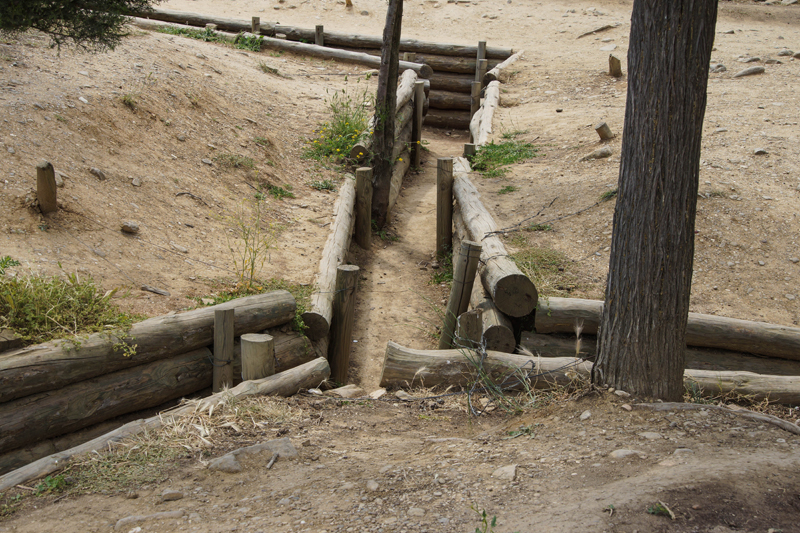 +
+
Trenches

Australian World War 1 war correspondent and historian C. E. W. Bean described the trenches as deep narrow alleys where the men “lived as completely enclosed as in the lanes of a city, having their habitations along them in niches undercut in the wall, sometimes curtained by hanging blankets or waterproof sheets”.
×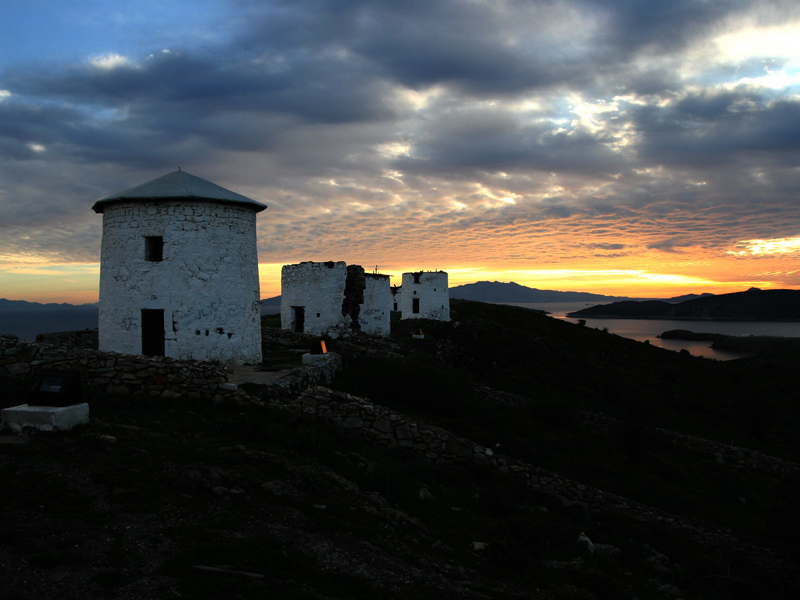 +
+
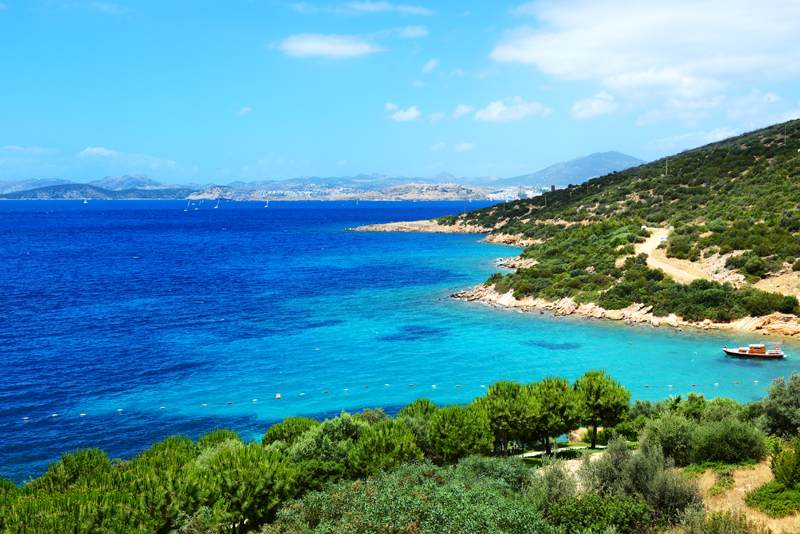 +
+
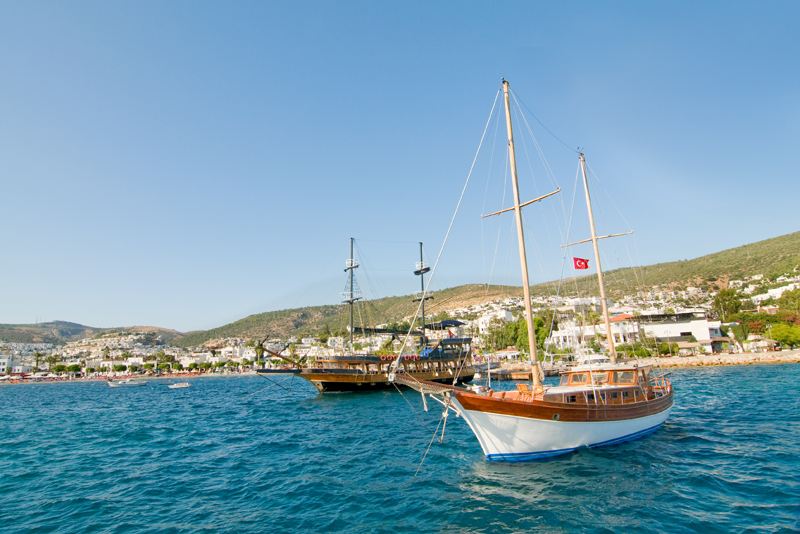 +
+
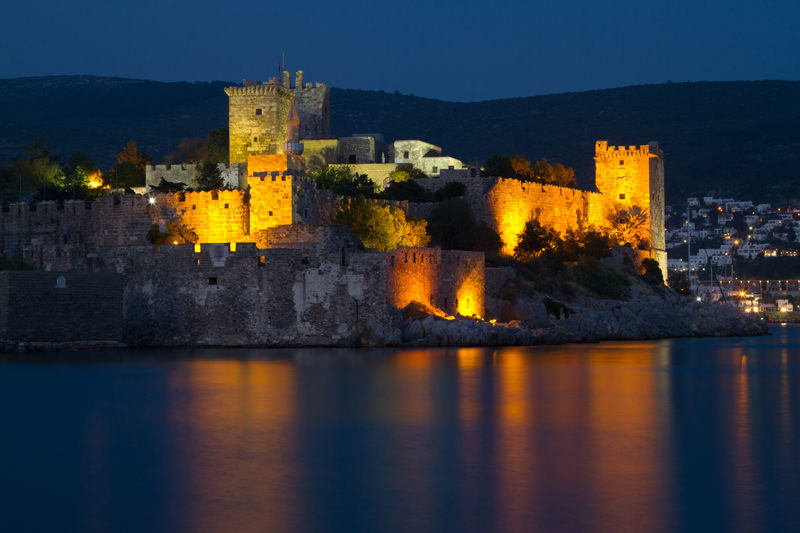 +
+
Bodrum Castle

The Castle of St. Peter the Liberator of the Order of the Knights of the Hospital of St. John of Rhodes - to give it its full, comprehensive title - is Bodrum's acclaimed landmark. Over the period of six centuries it has served as a military garrison, a compound enclosing a tiny village, and even as a fortress prison. Today it houses one of the finest museums of nautical archaeology in the world.
×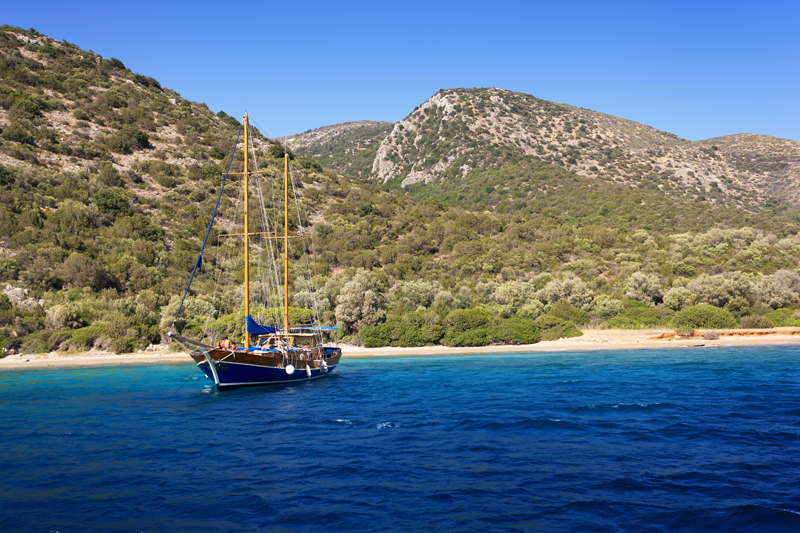 +
+
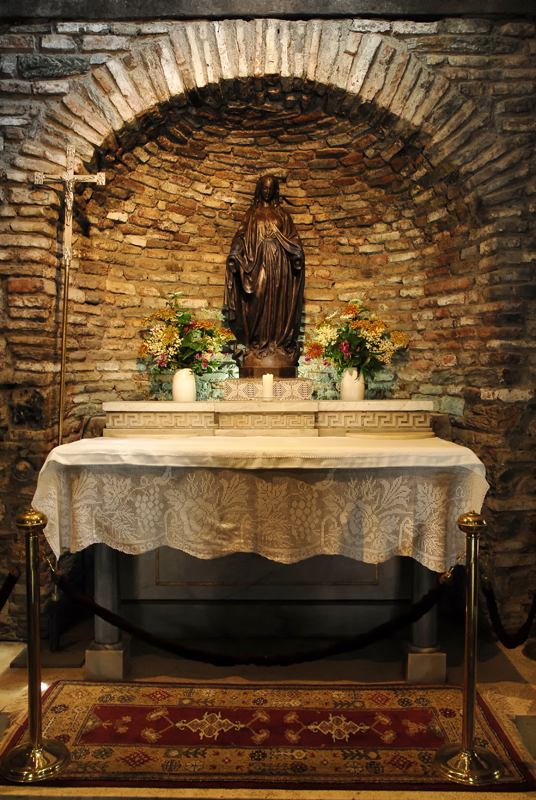 +
+
House of Virgin Mary

The House of the Virgin (Meryem Ana in Turkish), located in a nature park between Ephesus and Seljuk, is believed to be the last residence of the Virgin Mary, mother of Jesus. The peaceful site is sacred to both Christians and Muslims, and is visited by many tourists and pilgrims.
Archaeologists who have examined the building identified as the House of the Virgin believe most of the building dates from the 6th or 7th century. But its foundations are much older and may well date from the 1st century AD, the time of Mary.
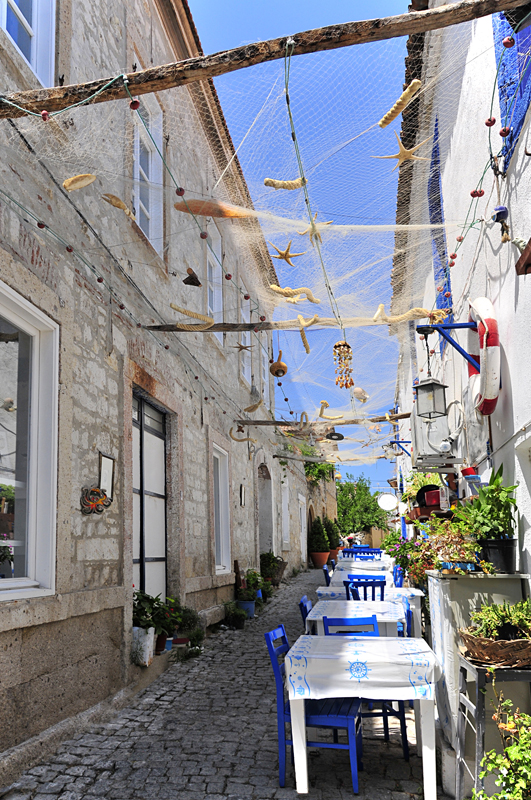 +
+
Cesme

Cesme is a coastal town of Turkey in westernmost end. It's one of the most popular holiday resorts of the country. It's an attraction center with its typical mediterranean houses and activity options such as windsurfing or Ilıca thermal springs.
The name "Cesme" means "fountain" and possibly draws reference from the many Ottoman fountains scattered across the city.
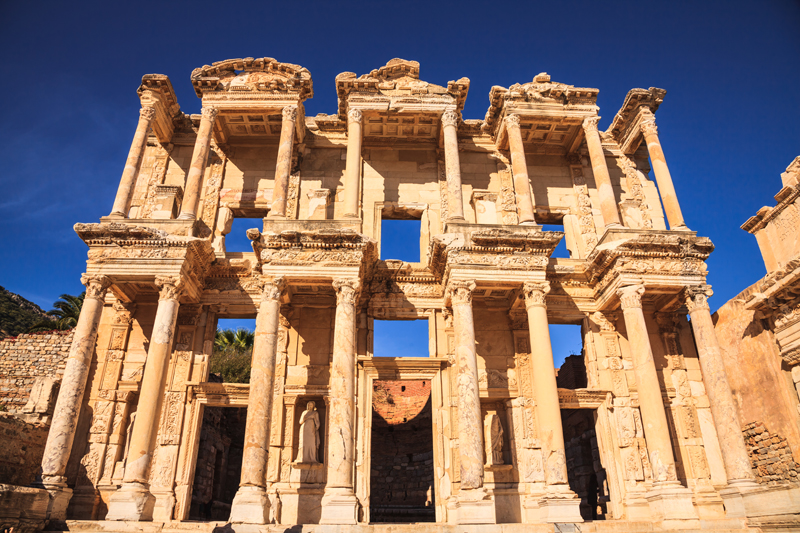 +
+
Celcius Library

This library is one of the most beautiful structures in Ephesus. It was built in 117 A.D. It was a monumental tomb for Gaius Julius Celsus Polemaeanus, the governor of the province of Asia; from his son Galius Julius Aquila. The grave of Celsus was beneath the ground floor, across the entrance and there was a statue of Athena over it. Because Athena was the goddess of the wisdom.
×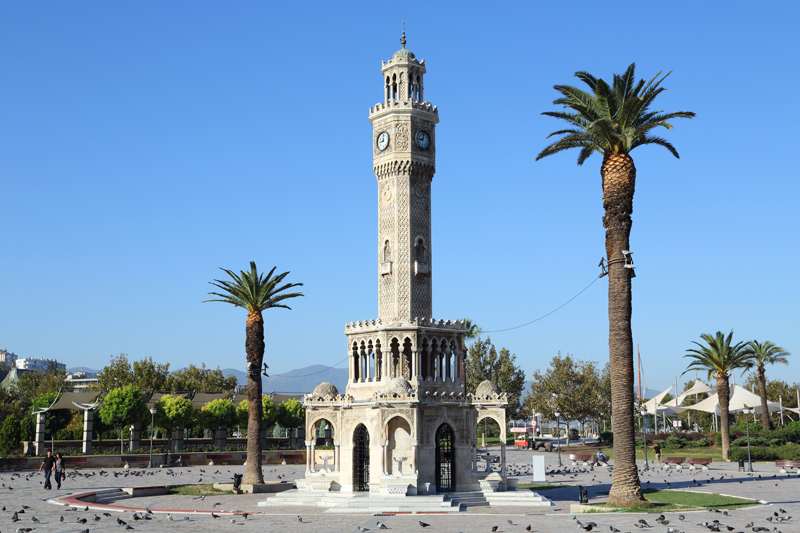 +
+
Clock Tower

Izmir Clock Tower is a historic clock tower located at the Konak Square in Konak district of İzmir, Turkey.
The clock tower was designed by the Levantine French architect Raymond Charles Père and built in 1901 to commemorate the 25th anniversary of Abdülhamid II's accession to the throne(reigned 1876–1909). The clock itself was a gift from German Emperor Wilhelm II (reigned 1888–1918). It is decorated in an elaborate Ottoman architecture style. The tower, which has an iron and lead skeleton, is 25 m (82 ft) high and features four fountains, which are placed around the base in a circular pattern. The columns are inspired by Moorish themes.
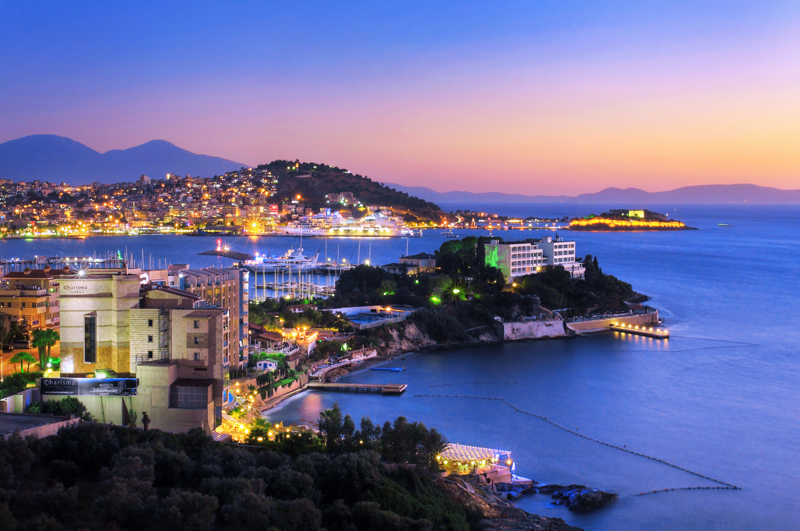 +
+
Kusadasi

Kusadasi is a resort town on Turkey's Aegean coast.
The area has been a centre of art and culture since some of the earliest recorded history, and has been settled by many civilizations since being founded by the Leleges people in 3000 BC.
Today Kusadasi is a magnificent and perfect place for an unforgettable vacation. Kusadasi is full of great tourist destinations for visitors and residents alike!
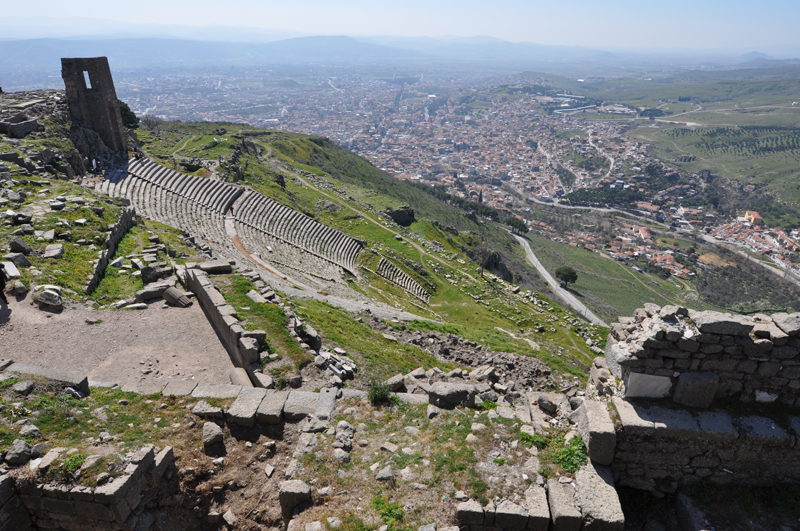 +
+
Pergamon Ancient Theater

It is said that the Theater in the acropolis of Pergamum is the steepest raked Hellenistic theater in the world. The cavea of the theater which consists of 80 rows of seats is divided into three sections by two diazomas. The capacity was 10,000 people. The construction material is andesite. Because it was originally a Hellenistic theater, there was not a permanent stage building and people sitting on the cavea could see outside and beyond the playing area. The theater was also used during the Roman period with some alterations.
×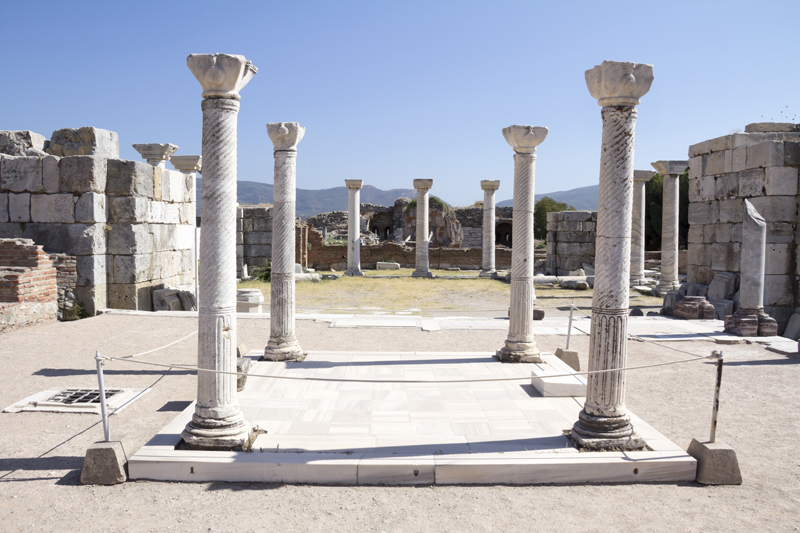 +
+
Basilica of St. John

The Church of St. John, located at the southern foot of the castle hill, is the most magnificent of the buildings from the Byzantine Period. The historian Eusebius tells us that after the apostles were expelled from Jerusalem around AD 37 to 42, St. John continued his work in Anatolia from Ephesus. In this way we can understand when St. John and Mary, the mother of Jesus, who had been entrusted to him by her Son, came to Ephesus.
After the martyrdom of St. Paul, St. John wrote his gospel and labored in his ministry to the churches in the area. After his death, he was buried in the church that was built to remember him.
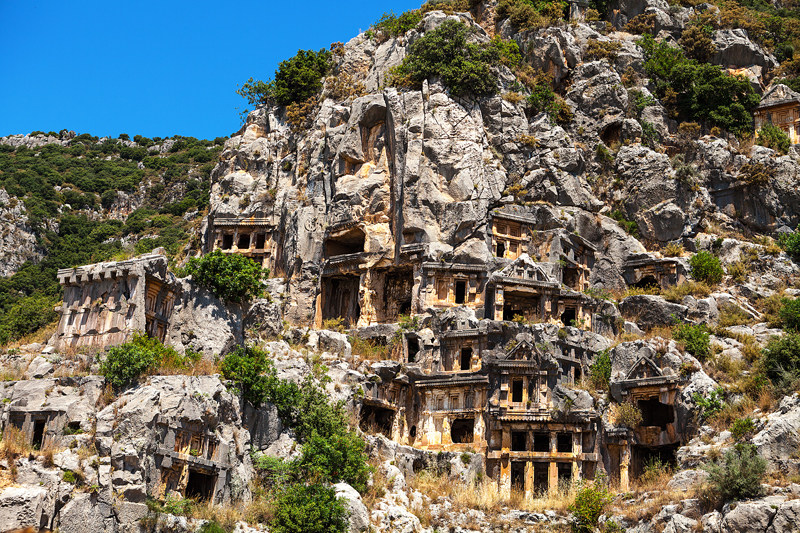 +
+
Myra

Myra was an ancient Greek town in Lycia where the small town of Kale is situated today, in present day Antalya Province of Turkey. It was located on the river Myros, in the fertile alluvial plain between Alaca Dağ, the Massikytos range and the Aegean Sea.
You may visit the best examples of Lycian tombs at Myra and the Church of St. Nicholas the saint to whom is referred to as Santa Claus.
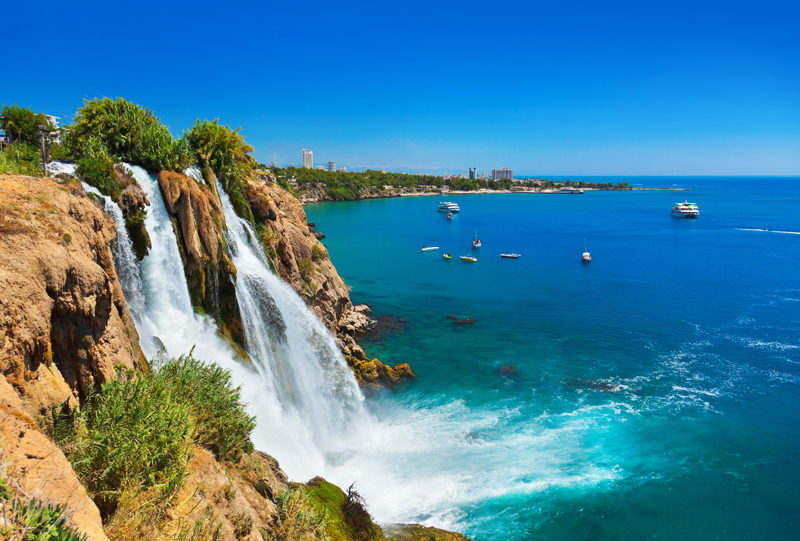 +
+
Duden Waterfall

Düden Waterfalls are a group of waterfalls in the province of Antalya, Turkey. The waterfalls, formed by the recycle station water, are located at the north-east of Antalya. They end where the waters of the Lower Düden Falls drop off a rocky cliff directly into the Mediterranean Sea.
×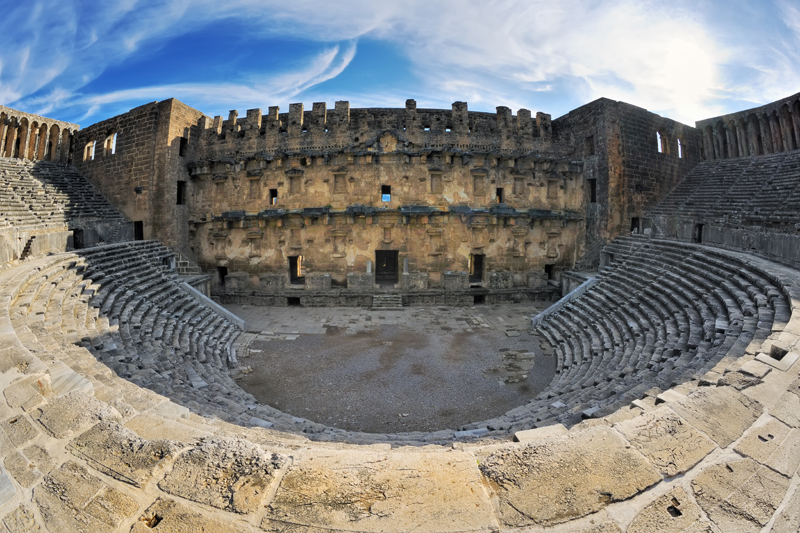 +
+
Amphitheater of Aspendos

Though it is well-known for its theater with a capacity of 30000 people, there is a stadium, an acropol, and a fountain as well where you can enjoy yourself. It was founded in BC 5-4 by the colonists from Argos. All the ruins in the city have remained from the Roman period. The theater is still being used for contemporary concerts.
×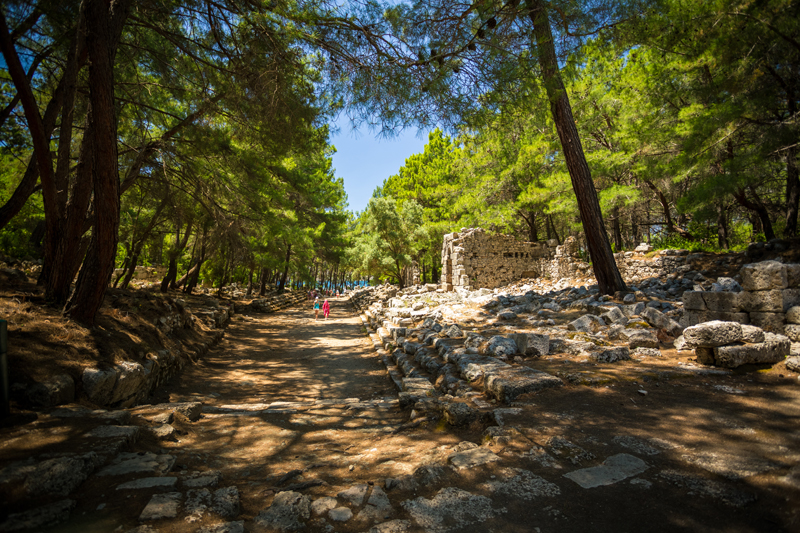 +
+
Phaselis

Phaselis was an ancient Greek and Roman city on the coast of Lycia, Antalya.
The town was set up by the Rhodians in 700 BC. Because of its location on an isthmus separating two harbours, it became the most important harbour city of eastern Lycia and an important centre of commerce between Greece, Asia, Egypt, and Phoenicia, although it did not belong to the Lycian League. The city was captured by Persians after they conquered Asia Minor, and was later captured by Alexander the Great.
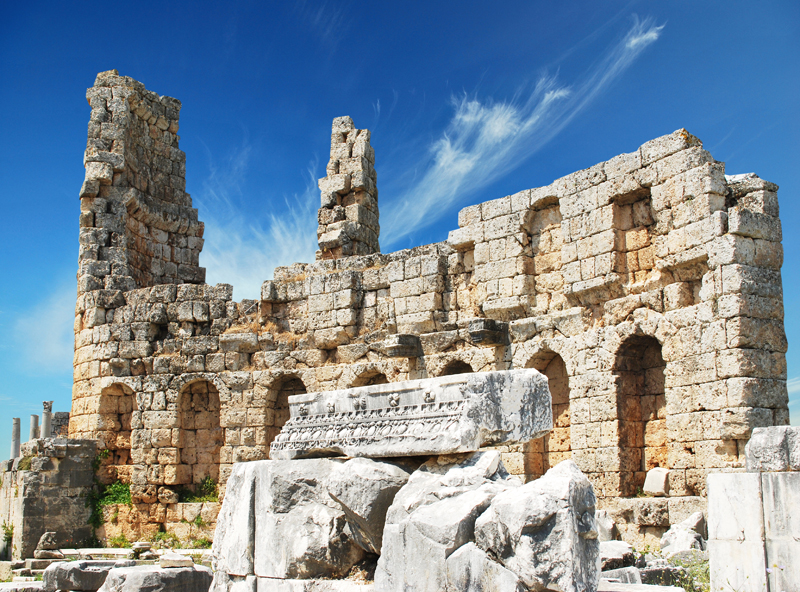 +
+
Ancient city of Perge

Being one of the Pamphylian cities, Perge was founded between BC12-13. It is the most attractive and well preserved Pamphylian city. The ancient theater, stadium, towers, Agora, Acropol and the Palaestra which is given to Imperial Claudius are the highlights of the ancient city.
×
